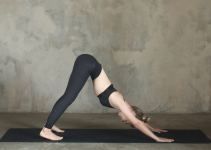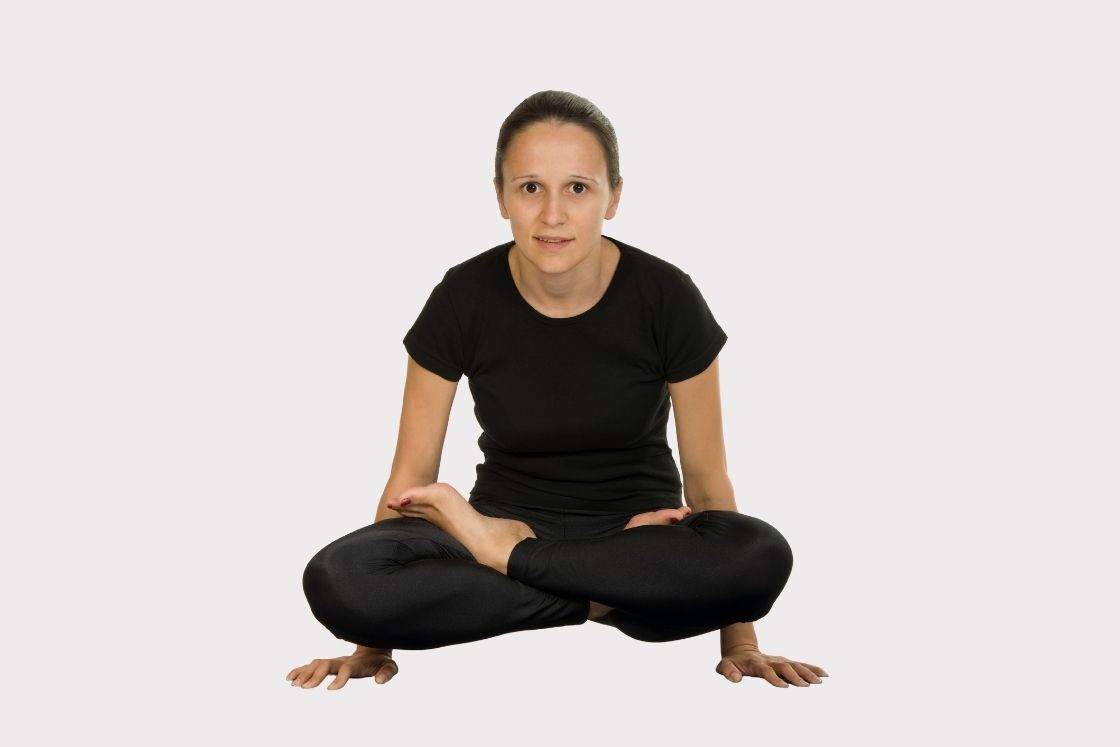
Tolasana is a lifted variation of the basic lotus pose. It belongs to the balancing posture category where the body weight is balanced on the arms. Lifting the body off the floor, to attain the tolasana is quite challenging.
Therefore, it is an intermediate level of yogic posture. It’s commonly named as scale pose or balance pose. People also use the following names to refer to this pose, tulasana, dolasana, utthita padmasana, elevated lotus pose, or swing pose.
Tolasana targets stretching the muscles of arms, thighs, and hamstrings. It also strengthens the shoulders, wrists, abdomen, back, and hips.
Meaning and Interpretation
The name ‘tolasana’ is derived from Sanskrit, where, ‘tola‘ refers to ‘scale/balance’ and ‘asana‘ means ‘pose.’
For attaining this pose, the practitioner has to begin with the padmasana. Later, the entire body is lifted off the floor pressing the arms to the floor. In the final pose, the body swings in between the arms. It resembles the weighing scale, and hence the name.
Due to the balancing nature of this asana, it improves the balance between the body and mind. It provides physical benefits like strengthening the core, arms, and shoulders.
Tolasana Practice Guide
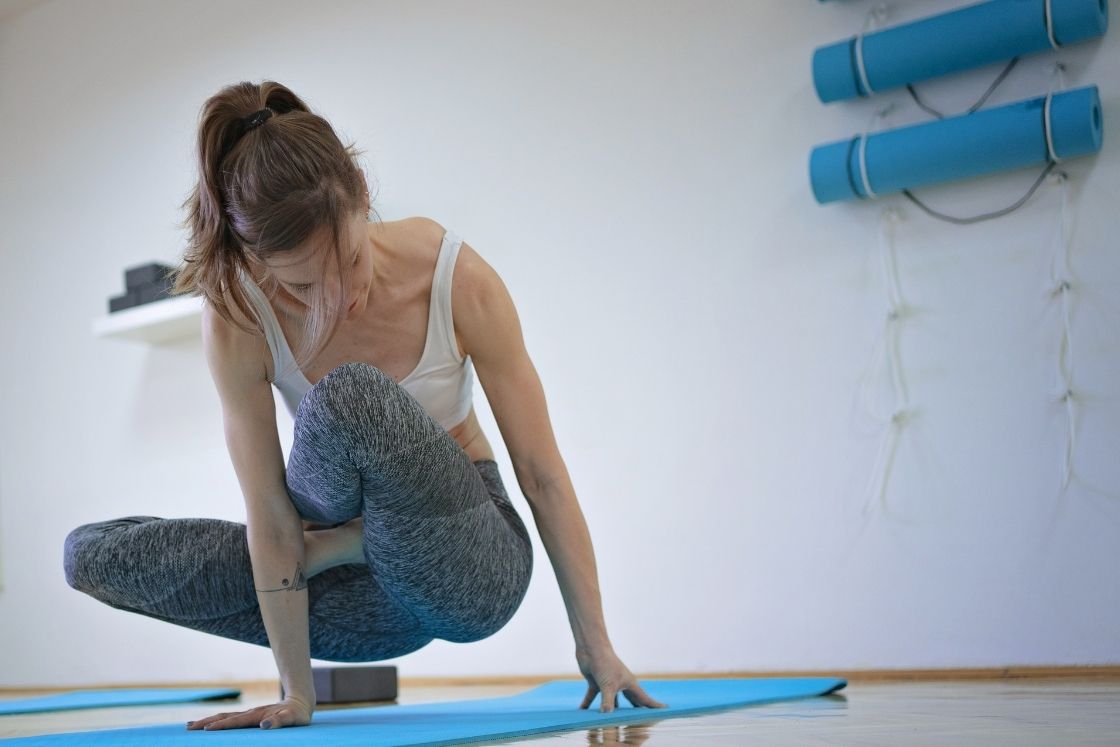
Precautions & Contraindications
- Do not perform tolasana with an injury on wrists, arms, or shoulders.
- Avoid performing the asana during menstruation.
- Avoid it if you have high blood pressure.
- People with acute osteoporosis or osteoarthritis should avoid this pose.
Preparatory pose
- Lotus pose (Padmasana)
- Hero pose (Virasana)
- Bound Angle Pose (Baddha Konasana)
Steps
- Sit on your mat with the legs extended in front, i.e. dandasana.
- Using your hands pull your right foot on your left thigh and left foot on the right thigh. Keep them closer to the hip joint.
- Make sure that the heels are facing upwards.
- Keep your hands by your sides with palms touching the floor.
- Straighten your spine lifting the abdominal muscles.
- Pressing the palms to the floor lift your trunk and hips off the floor.
- Set your gaze forward.
- Stay in the pose for 3-5 breaths.
- Exhale, gently dropping the hips and knees to the floor.
- Release your legs and repeat the asana by crossing the legs the other way.
- As you come to the floor release your legs and extend them forward.
- Relax in dandasana releasing any tension in the arms.
Beginner’s tips
- Make sure that you are comfortable performing the padmasana before getting into tolasana.
- As a beginner, you can practice the pose with Ardha padmasana. The only limitation with this is, it will only lift the buttocks off the floor. However, the bottom leg and outer calf muscles remain on the floor.
- Yoga blocks – Keep a block under each hand to get the extra length for the arms. This makes lifting the legs bit easier.
Follow-up poses
- Corpse pose (Savasana)
- Crocodile pose (Makarasana)
- Cobra Pose (Bhujangasana)
Variations
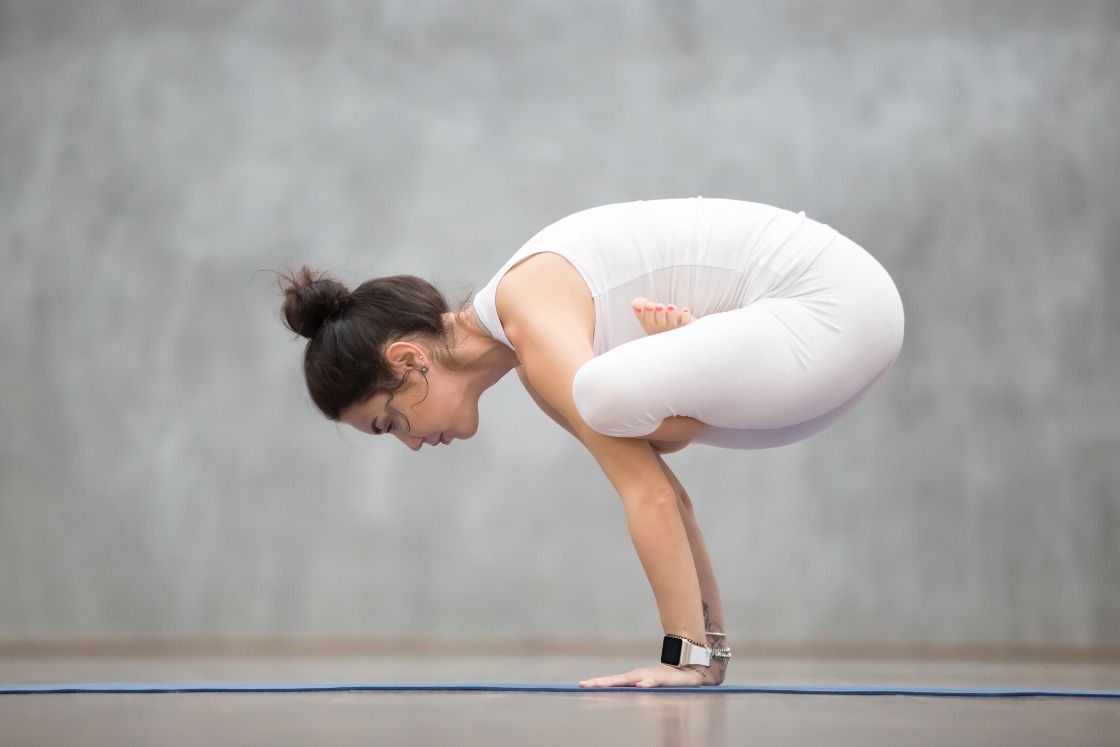
- Lolasana – In this pose the practitioner first sits in vajrasana, crossing the ankles and placing the hips to the heels. Later the body is lifted off the ground by pressing the palms on the floor. This variation is suitable for those who cannot attain padmasana.
- kukkutasana – In this variation of tolasana, arms are inserted between thighs, and then the body is lifted off the floor on palms in a similar manner as here.
- Another variation is performing tulasana by sitting in half lotus pose. This variation is suitable in the beginning.
- Tolasana can be performed by sitting in sukhasana, instead of padmasana, and then lifting the body using the arms.
Tolasana Benefits
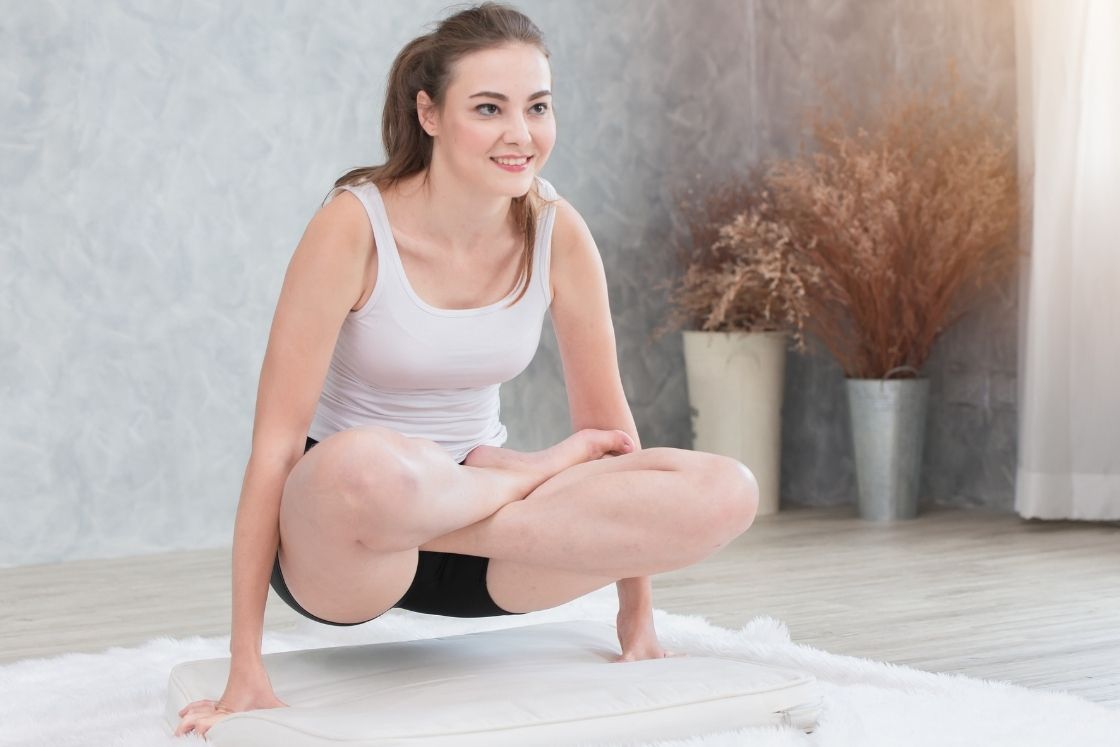
1. Enhances strength
The entire body weight is balanced on the arms. It makes the muscles of the shoulders, hands, and wrists stronger. Tolasana involves exercising the biceps, triceps, and the brachioradialis of the arms.
Besides arms, the core muscles are also engaged while holding the pose. It exercises the abdominal muscles and leaves them toned. This increases the strength of the core.
2. Increases flexibility
The muscles of the shoulder, arms, and wrist are deeply stretched. Besides this, the hip and leg muscles are also involved. Holding the pose stretches the outer hip and leg muscles. Thus, tulasana enhances flexibility in the hip flexors, ankles, and wrists.
There is a supporting study that proves that tolasana helps improves flexibility in the body [efn_note] Physical and perceptual benefits of yoga asana practice https://www.researchgate.net/publication/244877845_Physical_and_perceptual_benefits_of_yoga_asana_practice_Results_of_a_pilot_study [/efn_note].
3. Better digestion
With the involvement of the abdominal muscles, the abdominal organs are also exercised. This stimulates the functions of the digestive organs and helps in improving the digestive system.
4. Provides energetic benefits
Tolasana also activates and balances the body chakras. It involves stimulation of the Muladhara (root chakra), Svadhisthana (sacral chakra), and Manipura chakra (Solar Plexus chakra).
This leaves the practitioner with an improved and energetic personality. It enhances the groundedness, creativity, and self-confidence. This also helps to improve the emotional health.
5. Improve balance and awareness
Tolasana engages the Uddiyana bandha (upward abdominal lock) and Mula bandha(root lock). This helps in bringing balance as the Uddiyana bandha helps in lifting the trunk off the ground. Similarly, the Mula bandha helps in improving the sense of being connected and balanced.
6. Relieves stress and anxiety
With an increased level of confidence, the practitioner can meditate for long hours. This practice calms the body and mind by clearing the body toxins. This facilitates mental health [efn_note] Effect of Yoga on Adolescents’ Beliefs about Aggression and Alternatives https://www.ijmedph.org/sites/default/files/ijmedph-7-3-166.pdf [/efn_note]. Therefore, it reduces and relieves any mental disorders like stress, anxiety.

